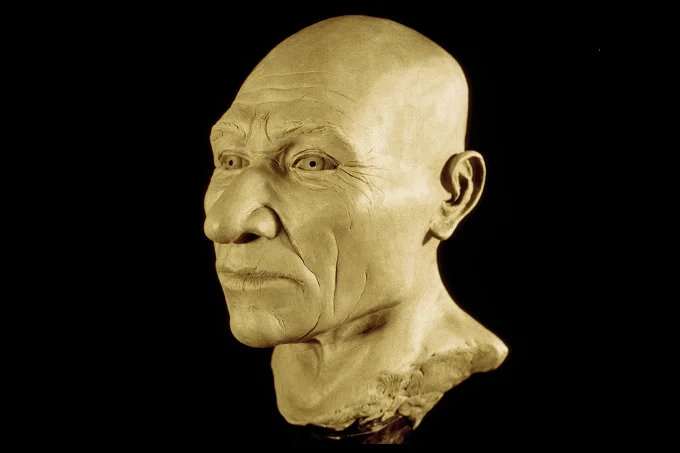War of Annihilation: Why only one human species survived

There were nine human species on Earth three hundred thousand years ago, but now only one remains. How is it that Homo Sapiens outlived all of its relatives?
The Neanderthals, Homo neanderthalensis, were stocky hunters adapted to the cold steppes of Europe. Their kindred “Denisovans” inhabited Asia, while the more primitive Homo erectus lived in Indonesia and Homo sapiens lived in central Africa.
Next to them lived several stunted species with small brains: Homo Naledi in South Africa, Homo Luzonensis in the Philippines, Homo Floresiensis (hobbits) in Indonesia, and the mysterious “cavemen” in China.
Around 100,000 years ago, however, they all disappeared. This resembles a mass extinction, but scientists have not yet found traces of environmental disasters – asteroid falls, volcanic eruptions, climate changes. A much more realistic hypothesis is that one of the species, Homo sapiens, left Africa and went to conquer the world.
This led to the true “sixth extinction” itself, as human activity affected almost the entire biosphere of the Earth, from the disappearance of ice-age mammals to the clearing of rainforests for croplands and building sites. However, the most significant victim appears to have been our relatives, direct competitors for resources and territory.
We are used to thinking of our ancestors as good-natured gatherers and hunters. However, the history of mankind is, in fact, a history of constant warfare. The wars of primitive cultures were intense, widespread, and rarely bloody. We find evidence of this all over the world. A 9,000-year-old Kennewick man has a spear sticking out of his thigh. In the settlement of Nataruk in Kenya, there were found 27 remains of men, women, and children, all about 10,000 years old – all of them brutally massacred.
It is unlikely, however, that other members of the Homo family were any friendlier. Even today, we see manifestations of collective violence in primates, which means that war as a concept appeared even earlier than modern humans.
The bones of Neanderthals often show traces of trauma left by man-made tools-apparently these are what gave Homo sapiens a great advantage. Tools also made it possible to cultivate a wider range of plants, domesticate animals, feed large tribes, and ease everyday life. In the end, our ancestors were already stronger on the basis of numerical difference alone.
But that was not their only advantage. Rock carvings, carved figures, and musical instruments hint at a much more dangerous evolutionary adaptation: the ability to think and communicate subtly in the abstract. The ability to plan and negotiate, observe hierarchy, and assign roles is what makes humans a truly formidable tool of war.
Incidentally, the evidence that our species interacted closely with each other is stored in our genes. The inhabitants of Eurasia still have traces of Neanderthal DNA, Australians have traces of Denisian DNA, etc. Our ancestors mated with members of related species, and then… Then they all disappeared for some reason.
Because humanity was multiplying and multiplying exponentially, it needed more and more resources and space under the sun. So it is not surprising that the more progressive, numerous, and skillful subspecies eventually superseded all the others – alas, it happens all the time in the history of the Earth.




